Android has grown into the most popular OS in the world, delivering access, connectivity and information to people everywhere on their smartphones. There are over three billion active monthly Android devices around the world, and in the last year alone, more than a billion new Android phones have been activated. While the phone is still the most popular form of computing, people are adding more connected technologies to their lives like TVs, cars, watches and more.
As we build for a multi-device future, we’re introducing new ways to get more done. Whether it's your phone or your other devices, our updates help them all work better together.
Do more with your Android phone
With Android 13, we’re making updates to privacy and security, personalization and large screen devices. You’ve already seen a preview of this in the Developer Previews and first beta. Across the Android ecosystem, we’re also bringing more ways to keep your conversations private and secure, store your digital identity and get you help in the physical world.
We have been working with carriers and phone makers around the world to upgrade SMS text messaging to a new standard called Rich Communication Services (RCS). With RCS, you can share high-quality photos, see type indicators, message over Wi-Fi and get a better group messaging experience.
This is a huge step forward for the mobile ecosystem and we are really excited about the progress! In fact, Google's Messages app already has half a billion monthly active users with RCS and is growing fast. And, Messages already offers end-to-end encryption for your one-to-one conversations. Later this year, we’ll also be bringing encryption to your group conversations to open beta.

Your phone can also help provide secure access to your everyday essentials. Recently, we’ve witnessed the rapid digitization of things like car keys and vaccine records. The new Google Wallet on Android will standardize the way you save and access these important items, plus things like payment cards, transit and event tickets, boarding and loyalty passes and student IDs. We’ll be launching Google Wallet on Wear OS, starting with support for payment cards.
Soon, you’ll be able to save and access hotel keys and office badges from your Android phone. And we know you can’t leave home without your ID, so we're collaborating with states across the U.S. and international partners to bring digital driver's licenses and IDs to Google Wallet later this year.
We’re developing smooth integrations with other Google apps and services while providing granular privacy controls. For example, when you add a transit card to Wallet, your card and balance will automatically show up in Google Maps when you search for directions. If your balance is running low, you can quickly tap and add fare before you arrive at the station.
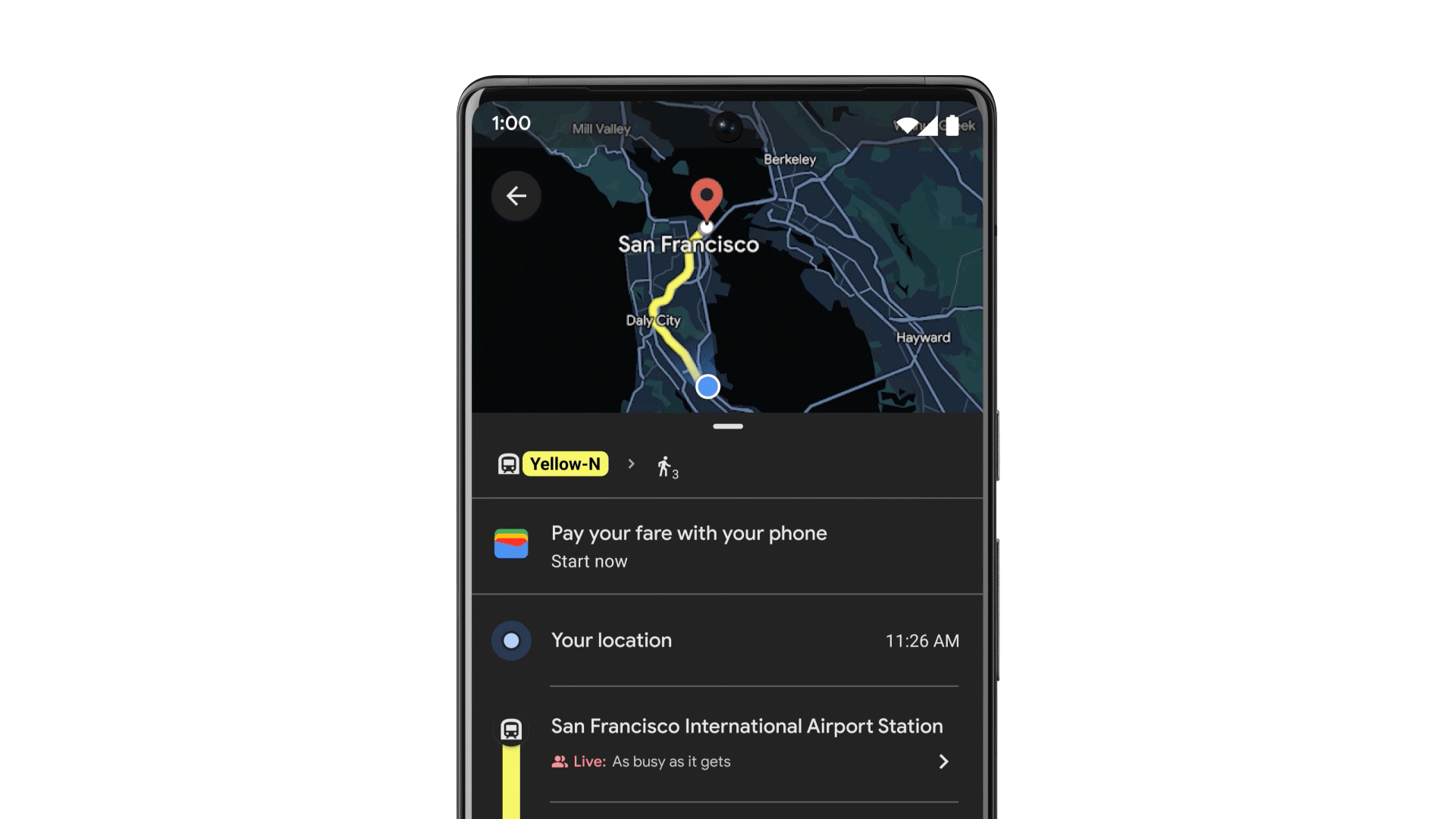
Beyond helping keep your communication and digital identities safe, your devices can be even more essential in critical moments like medical emergencies or natural disasters. In these times, chances are you’ll have either your phone or watch on you. We built critical infrastructure into Android like Emergency Location Services (ELS) to help first responders locate you when you call for help. We recently launched ELS in Bulgaria, Paraguay, Spain and Saudi Arabia, and it is now available to more than one billion people worldwide.
Early Earthquake Warnings are already in place in 25 countries, and this year we’ll launch them in many of the remaining high-risk regions around the world. This year, we’ll also start working with partners to bring Emergency SOS to Wear OS, so you can instantly contact a trusted friend or family member or call emergency services from your watch.
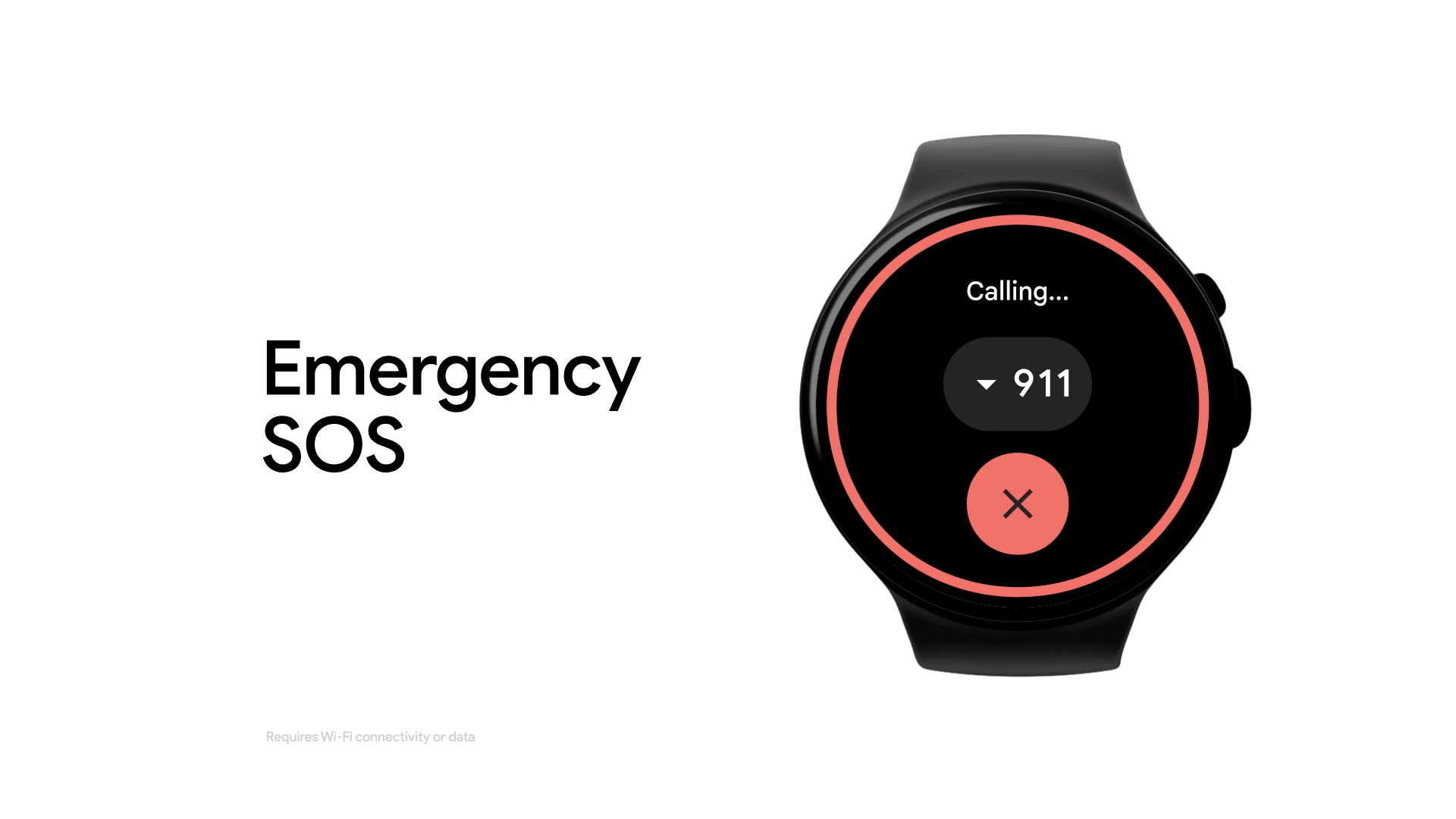
Apps and services that extend beyond the phone
Along with your phone, two of the most important and personal devices in our lives are watches and tablets.
With the launch of our unified platform with Samsung last year, there are now over three times as many active Wear OS devices as there were last year. Later this year, you’ll start to see more devices powered with Wear OS from Samsung, Fossil Group, Montblanc, Mobvoi and others. And for the first time ever, Google Assistant is coming to Samsung Galaxy watches, starting soon with the Watch4 series. The Google Assistant experience for Wear OS has been improved with faster, more natural voice interactions, so you can access useful features like voice-controlled navigation or setting reminders.
We’re also bringing more of your favorite apps to Wear OS. Check out experiences built for your wrist by Spotify, adidas Running, LINE and KakaoTalk. And you’ll see many more from apps like SoundCloud and Deezer later this year.
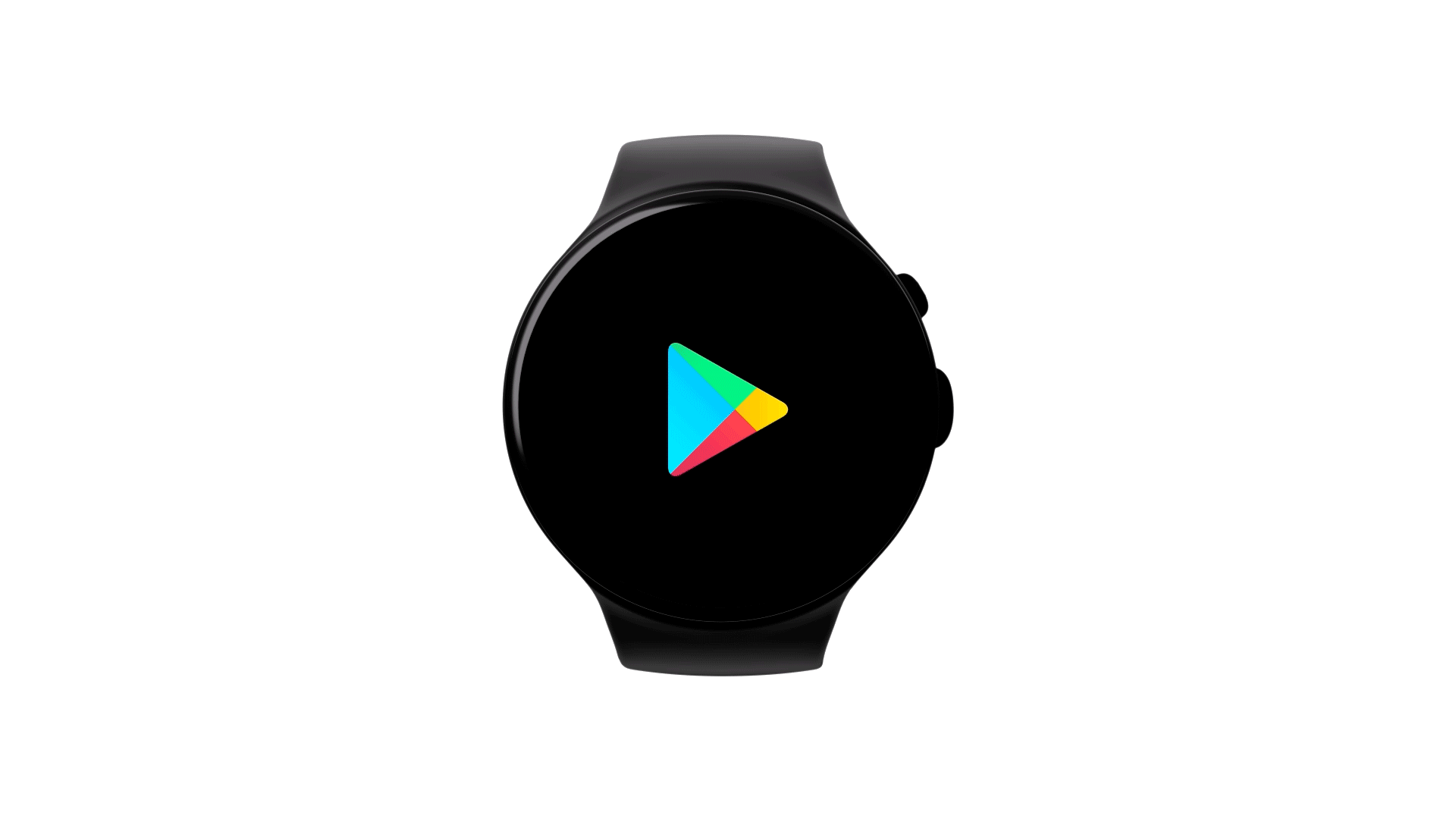
We’re investing in tablets in a big way and have made updates to the interface in 12L and Android 13 that optimize information for the larger screen. We’ve also introduced new features that help you multitask — for example, tap the toolbar to view the app tray and drag and drop apps to view them in a side by side view.
To support these system-level updates, we’ve also been working to improve the app experiences on Android tablets. Over the next few weeks, we’ll be updating more than 20 Google apps to take full advantage of the extra space including YouTube Music, Google Maps, Messages and more.
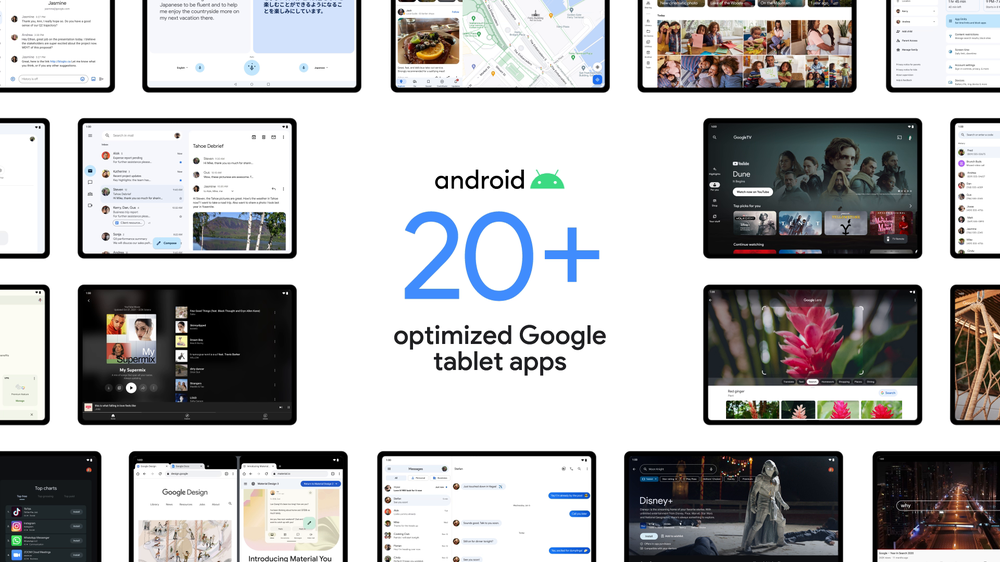
We’re working with other apps to revamp their experiences this year as well, including TikTok, Zoom, Facebook and many others. You’ll soon be able to easily search for all tablet-optimized apps thanks to updates to Google Play.
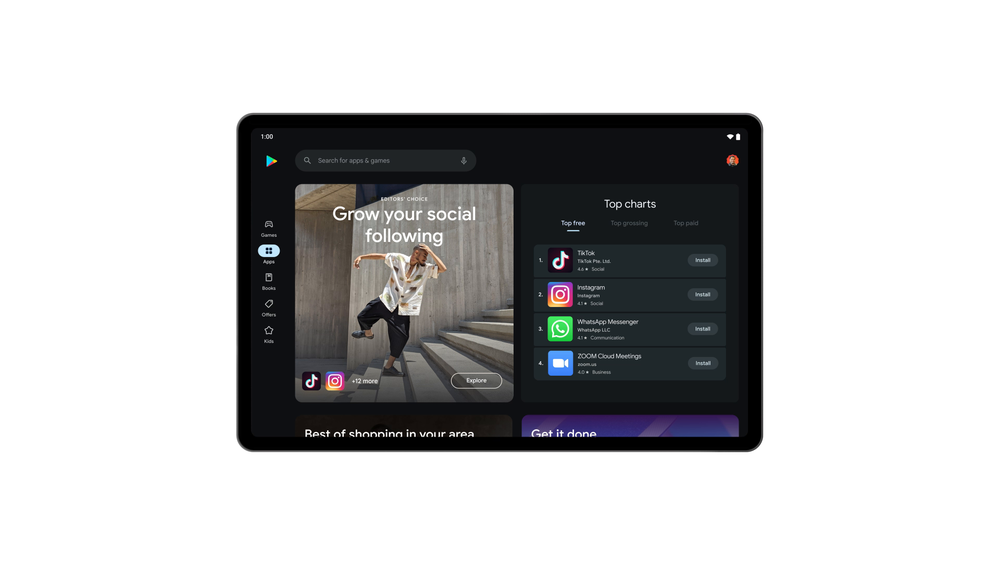
Simple ways for your devices to work better together
Getting things done can be much easier if your connected devices all communicate and work together. The openness and flexibility of Android powers phones, watches, tablets, TVs and cars — and it works well with devices like headphones, speakers, laptops and more. Across all these devices, we’re building on our efforts and introducing even more simple and helpful features to move throughout your day.
With Chromecast built-in, you can watch videos, listen to music and more on the device that makes sense depending on where you are and what you’re doing. This means after your daily commute, you can easily play the rest of a movie you were watching on your phone on your TV at home. To help you stay entertained, we’re working to extend casting capabilities to new partners and products, such as Chromebook, or even your car.
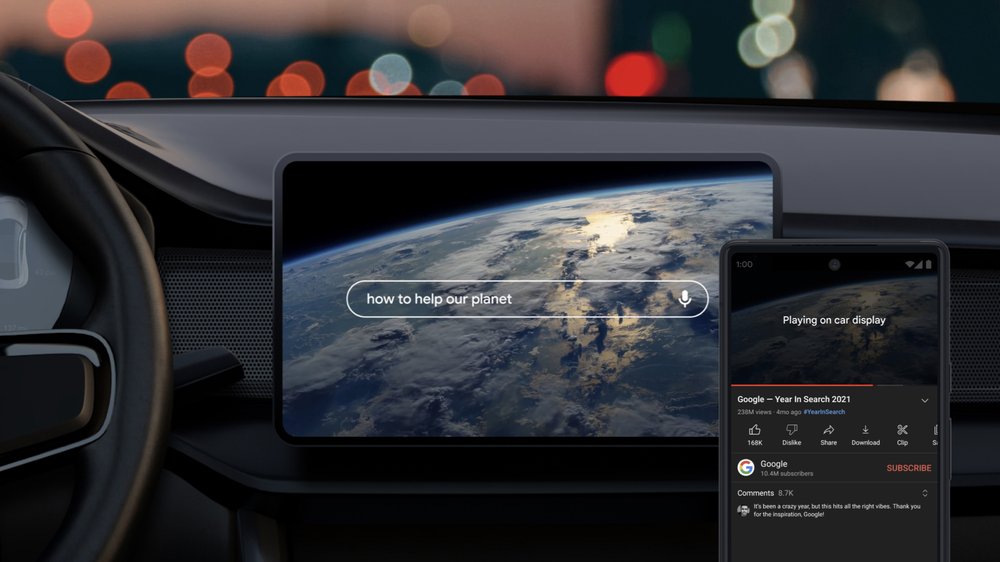
Your media should just move with you, so you can automatically switch audio from your headphones while watching a movie on your tablet to your phone when answering an incoming call.
And when you need to get more done across devices, you’ll soon be able to copy a URL or picture from your phone, and paste it on your tablet.
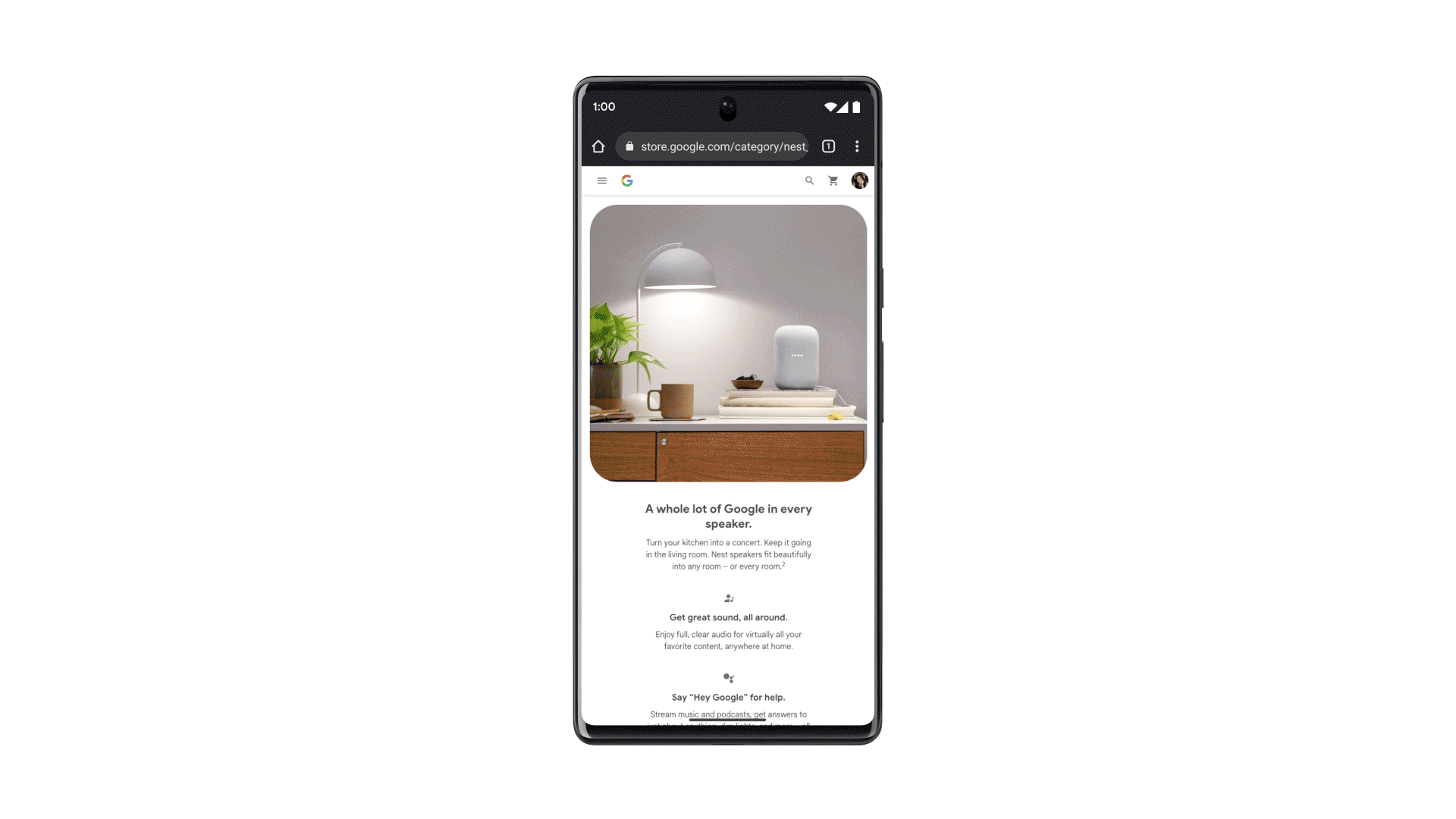
Earlier this year, we previewed multi-device experiences, like expanding Phone Hub on your Chromebook to allow you to access all your phone’s messaging apps. By streaming from your phone to the laptop, you’ll be able to send and reply to messages, view your conversation history and launch your messaging apps from your laptop. We’re also making it easier to set up and pair your devices with the expansion of Fast Pair support to more devices, including built-in support for Matter on Android.
Whether Android brings new possibilities to your phone or the many devices in your life, we’re looking forward to helping you in this multi-device world.